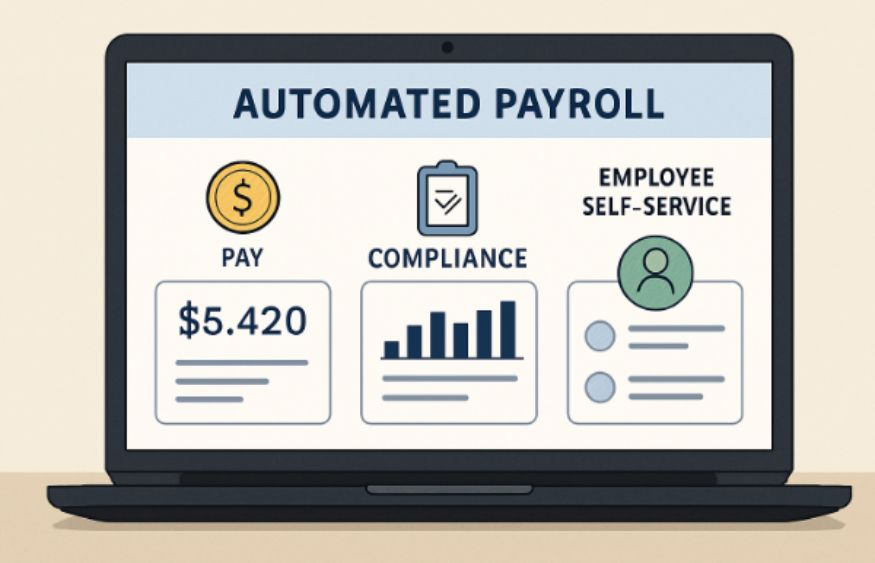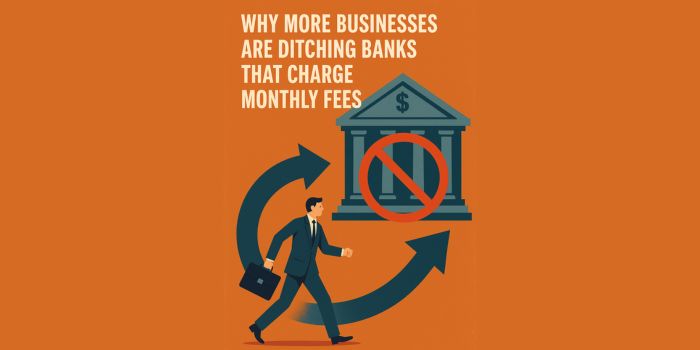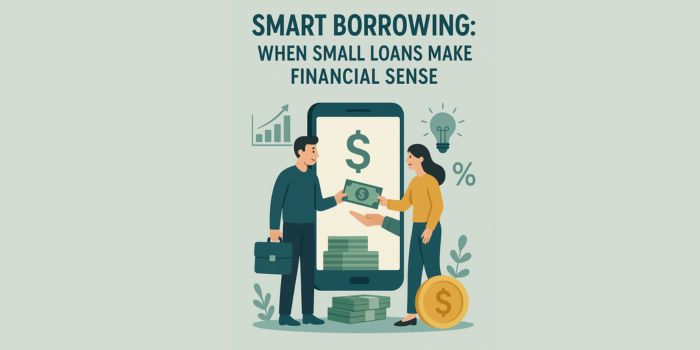Bridging loans are short-term loans that people use until they can secure permanent financing. This type of funding allows an individual to meet the present requirement by giving immediate funds. Since a bridge loan is short term, the term usually can be for up to a year. The interest rate is high and is often backed by collateral, like a property or inventory. Also, these loans are known as bridging loan or bridge financing.
How does a bridging loan works?
Bridge loans are also referred to as gap financing, swing loans or interim financing as these loans gap through times when immediate financing is required but is not available. Both individuals and businesses can use these loans, and the lenders can personalize these short-term loans for different situations or borrowing reasons.
If you have been thinking about purchasing a new home, this can help you as well. Bridging loan can be used to
buy a new house while you wait for the existing property to sell. You can use the value of your existing property for to make the down payment to buy a new house. This way, you can buy yourself extra time while you wait. However, keep in mind that these loans have a high-interest rate compared to other loan services. If you have not paid off your mortgage, then you will end up paying twice. Once for the mortgage and another time for the bridging loan until your property is sold.
Traditional Loans vs. Bridge Loans
Typically, with a bridge loan the process of applying, getting approval, and funding if faster compared to traditional bank loans. Nonetheless, because of such convenience, this type of financing tends to have relatively short terms, large beginning fees, and a high-interest rate. Usually, borrowers are ready to take on such terms because they need convenient and fast access to funds.
Types of bridging loans
Real Estate Bridging Loans
Furthermore, a bridge loan is also used in the real estate. If someone is short of cash between the process of selling the property and purchasing a home, they might turn to bridge financing. Usually, lenders offer a real estate bridging loan to individuals with good credit score and little debt to income ratio. Bridging finance rolls the mortgage of both homes together, giving buyers flexibility to wait for their previous property to sell. In the majority of situations, lenders provide real estate bridging loans that are worth eighty per cent of the collective price of the two homes. This means that the borrower has to have a a high value original house or ample funds on hand.
Business Bridging Loan
A lot of businesses turn to bridging finance as they wait for permanent financing. For example, let’s suppose a business is doing equity financing expected to end in six months. The company may use a bridging loan to give working capital to pay for the expenditures, including rent, payroll, inventory cost, utilities, and other expenses until the financing round goes through.
Read here : Commercial loan truerate services
Key Features of Bridge loans
- A bridging finance is a short-term finance used until an individual or business can secure permanent funding or can remove an existing obligation.
- These kinds of loans are usually used in real estate
- Homeowners can also use these loans to buy a new house while waiting for their current property to sell.
Benefits of Bridge Loans
- One of the benefits of a bridge loan is that it gives you the freedom to grab opportunities that would be missed otherwise. For instance, someone looking to purchase a new home might put a condition in the agreement stating that she/he will only purchase the home after selling the old property. Some sellers might not agree with such a contract and may end up selling the house to someone else.
- With a bridging loan, you can make a down payment for the home while you wait for the other house’s sale to finalise.
- A bridge loan allows for flexible payment terms based on the loan agreements. You can choose to pay off the loan before or after you secure long term financing or sell the old property.
- Also, qualifying and getting an approval for the finance takes less time compared to a traditional bank loan. The fast process gives you a chance of purchasing a new home while waiting for the old property’s best offer. The traditional loans have long waiting times, forcing you to rent a flat, which can affect your finances.
Disadvantages of Bridge Loans
If you get a bridging loan you may end up paying two mortgages and the repayment of loan as you wait for your old home’s sale to be finalized or for long-term funding to close.
In case you default on the loan, the bridging loan lender can repossess the property and leave you in more financial trouble than you were before taking a bridging loan. Also, the foreclosure may leave you with no home.




